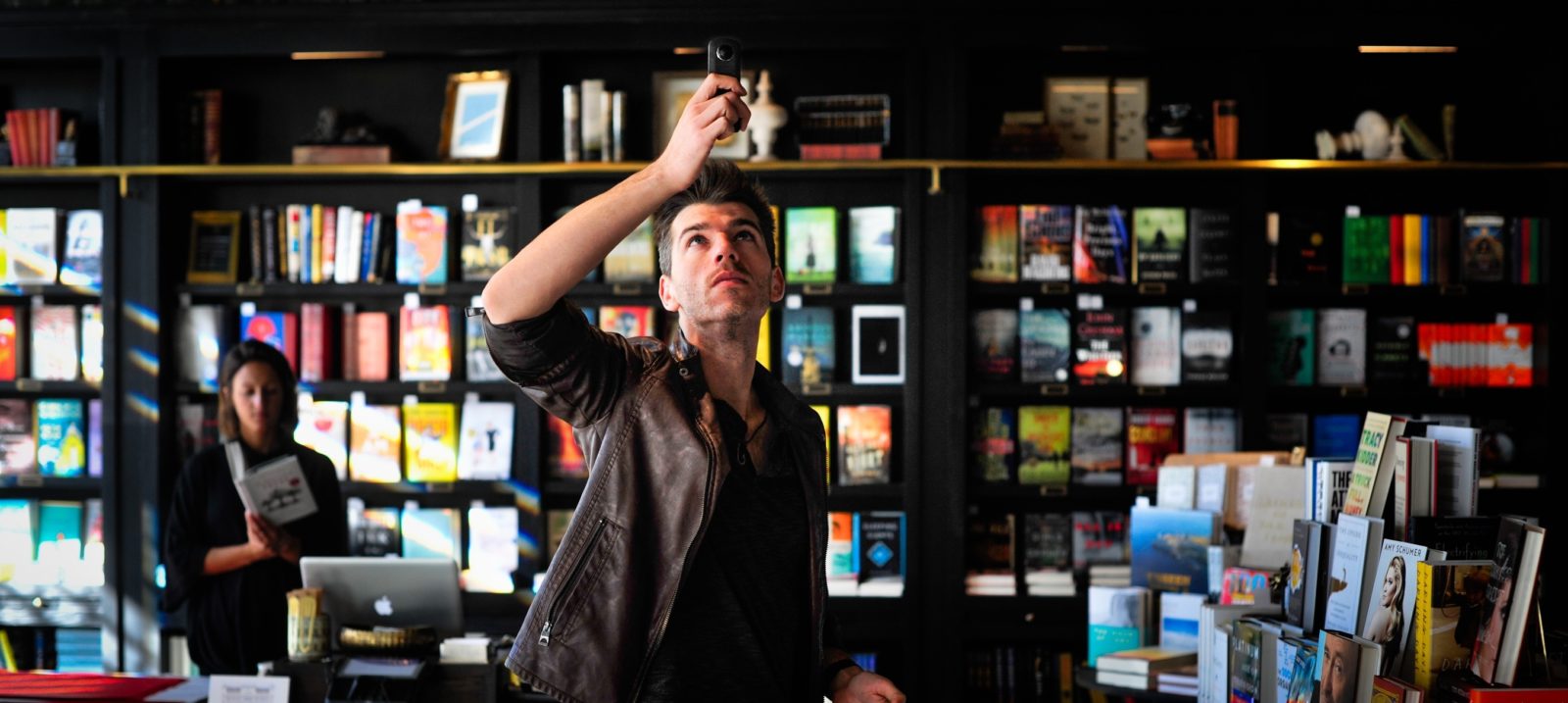5 Myths About Customer Loyalty
Table of Contents
If you’re like us, somewhere at home you’ve got a drawer filled with customer punch-cards yearning for customer loyalty. There’s one from the burrito place (“buy 10 burritos and get one free!”), one from the coffee shop, two from the ice cream store, one from the other coffee shop, one from the sandwich place, one from the bookstore, and fifteen more from places you can’t even remember visiting.
Are any of them close to being complete? Nope. Will they ever be? Again, nope. (Well, maybe the ice cream one. Mmmm … ice cream.)
You see, customer loyalty’s a fickle thing. Companies do all they can to earn our trust, but most don’t usually return the favor, choosing convenience and price over anything else.
What’s a well-meaning company to do? Well, we don’t have all the answers, but we’ve got some key examples of things that don’t work.
MYTH #1: Loyalty is measured by customer attitude
Here’s a tough one to swallow: loyalty isn’t always about how customers feel. Sometimes — studies show — it’s just a matter of simple longevity.
For example: how often do you change your cell phone provider? If not often, it’s probably not because you feel particularly loyal towards your current provider – it’s more likely that changing is just too much work. Similarly, you may like a particular airline (loyalty!), but when it comes to booking a flight, price considerations outweigh all else.
The point: sometimes what gets read as customer loyalty isn’t in fact loyalty – it’s inertia. Or, put differently, loyalty can be more of a passive experience than an active one.
MYTH #2: Customer loyalty comes from customer satisfaction
A different study came to an equally counter-intuitive conclusion: getting customers to feel satisfied may be great, but it doesn’t do much for loyalty.
In fact, the study observed, what most drives loyalty is “low customer effort.” That is, the easier things are for the customer, the more loyal those customers tend to be. If things are a pain, customers don’t come back, even if the person they’re talking to (the sales rep, the counter person, etc.) is warm and friendly.
Of course, you still want customers to be satisfied. But if it’s loyalty you’re after, you might want to take a look at your larger processes.
MYTH #3: To create customer loyalty, ask them what they want
Here’s where some handy psychology can come in. When asked what would make them more loyal, customers tend to describe their ideal product or service. However, it’s more often the larger experience of a brand that leads customers to come back. And imagining how a brand will make them feel is far more difficult for customers to communicate.
Sometimes, of course, simply creating the best service or product can be enough to create loyalty. But to add the emotional component, you need to think beyond what customers are able to articulate. Other times, customer engagement services can come in handy and keep brands or products top of mind for customers when otherwise emotions wouldn't.
MYTH #4: Customers prefer similar treatment
In a fascinating study, psychologists measured restaurant tipping by running two experiments. In the first experiment, waiters split their customers into two groups. The first group got mints with their checks, while the second group only got a check. No surprise, tips were higher (but only slightly) for the group that got mints.
The second experiment was more interesting. There, waiters similarly divided customers into two groups. The first group again got mints with their checks. For the second group, however, the waiters brought mints with their checks, but then came back a few minutes later with more mints, noting that since the customers seemed to be enjoying the first set mints, they might want more.
The “personalization” was controlled, of course – waiters didn’t bring out extra mints because they noticed anything special about the customers. Nonetheless, this extra gesture increased tips by 21%!
It’s not clear that this boost in tipping translated to long-term loyalty, but it does show that customers don’t just like to be treated well; they like to be given special attention.
MYTH #5: Loyalty lasts
This one’s more “duh”, but it’s worth repeating: today, loyalty’s half-life is shorter than ever before. New products and services arise daily, and customers are becoming increasingly sophisticated about locating them. Even long-term clients will switch if they can find something easier and cheaper elsewhere.
What does this mean for you? “Winning over customers” isn’t just about attracting new business, it’s about continuing to win over the customers you already have.






